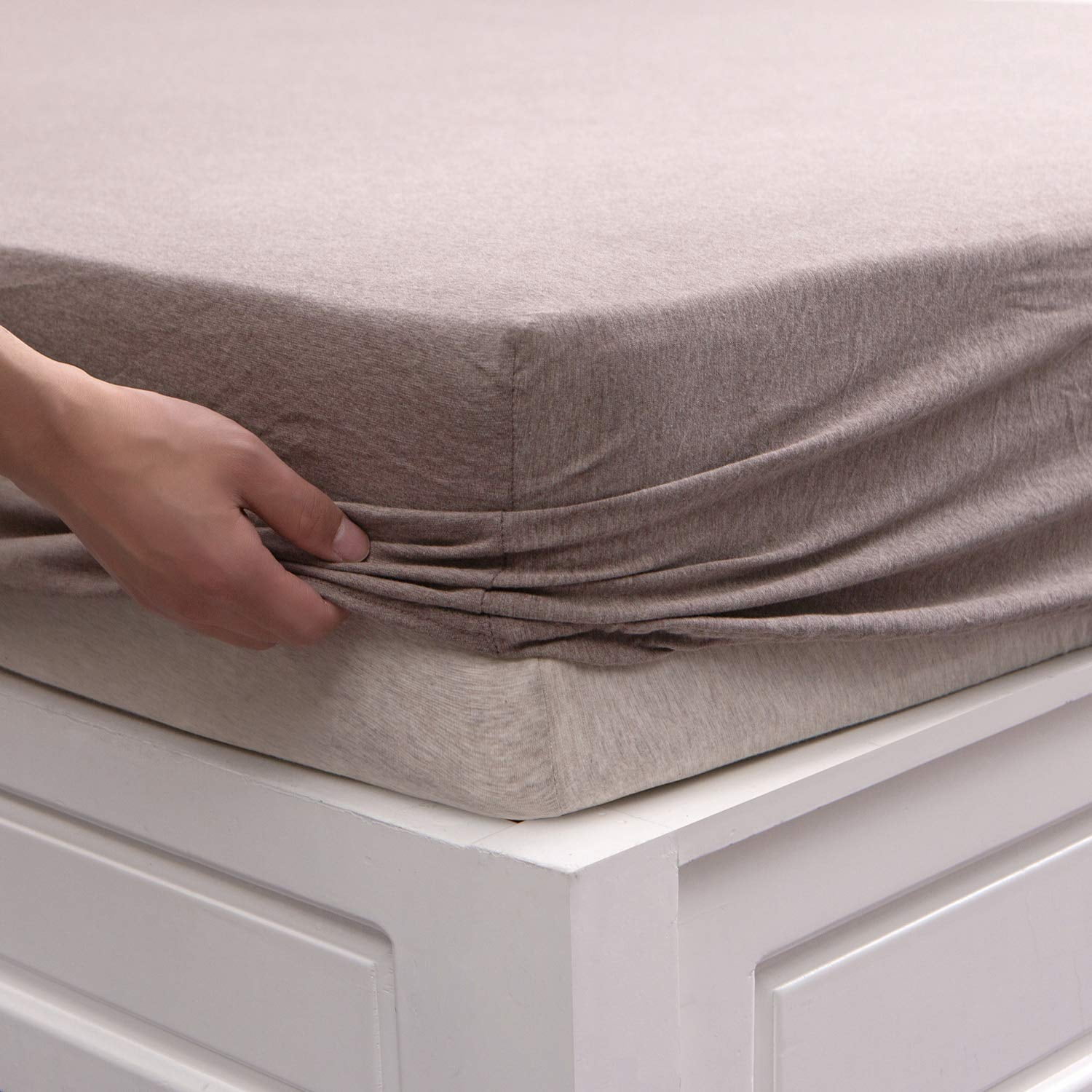Table of Content
To use the home theater subwoofer in your car, you don’t need these electronics. The only thing you need is the subwoofer driver and the enclosure. Because of these differences in the two speaker systems, you must first modify your home subwoofer before installing it in your car. Installing a home theater subwoofer in a vehicle is not difficult, but it does require some simple modifications. Install the power fuse and turn on the ignition and your stereo. You should hear sound and the amplifier power light should indicate that it’s on.
There is a sticker on each power supply unit on which its max current rating is listed in amperes for each voltage range. A home power socket can never be applicable for the subwoofer and amplifier. You must have a part inverter that will cover the power to12 volt otherwise you’re amplifier and subwoofer would fry.
Routing the Power Wire to the Engine
My advice is to buy a brand name pre-assembled (“preloaded”) or matched subwoofer speaker/box combo. This leaves 2 channels to power front speakers and 2 you can use later for more speakers or bridge for driving a subwoofer. Speaker and power wire marked as “CCA” isnot pure copper wire! Because of the rising cost of copper, manufacturers are now usingcopper-coated aluminum wire, which is lesser quality than pure copper wire . I’ve written a very helpful guide with several of the best amp wiring kits here.

Battery is just another source of direct current, just like ATX power supply. I don't understand "This amp seems to work only when it is connected to a real battery". Amp doesn't care where is the power coming from as long as it's 12V DC (10-14VDC). Some speakers can handle more power than rated without getting damaged, some may not. To ensure you are not getting more power to them, use nominal impedance rating and ohms law to determine how high should voltage on output be. PC ATX and Server power supplies offer a lot of power and they can be cheaper than other solutions.
Steps
To make this easier, straighten out a hanger, then curl one end into a hook. There exist two wiring methods depending on the number of voice coils in a speaker. Generally speaking, you should still be able to add a subwoofer by tapping off of a pair of factory speaker leads in most cases. Don’t forget that when an SUV hatch or car trunk is closed the sound will be changed somewhat as opposed to when the door, trunk, and/or rear hatch are closed.
The most common way of doing this is to hook the amplifier on the top of the subwoofer. When doing this, ensure the hole is the same size as the speaker terminal block you will be installing. Add-ons are a very big moneymaker for car audio stores. Generally, there are only a few reasons why an amp can’t turn on and produce sound, so it’s normally one of a few basic problems like I’ve listed here causing the problem. Make sure you have a good, tight connection without any stray wires sticking out in a way that may lead to a short-circuit. And you’re in the “home stretch” – there’s not much left at this point.
Easy ways to hook up almost any kind of subwoofer
Ground loop noise happens when there’s a slightly differentpotential between the grounds of an amp, stereo, and other components. Despite everything you try, sometimes it’s nearly impossible to eliminate. Toproperly drive a subwoofer for it to work well, that’s different; in that case, yes, without question you need an amplifier of sufficient power to drive it well. You have a subwoofer or more than one subwoofer that can be wired for at least 8 ohms total. This can be two 4 ohm subwoofers or a 4 ohm dual voice coil subwoofer.
The preferred method of connecting a subwoofer is through the subwoofer output of a receiver using an LFE (Low-Frequency Effects) cable. Almost all home theater receivers and processors and some stereo receivers have this type of subwoofer output. I got a panasonic stereo system with only AUX and speaker outputs.
Conclusions on How to Power a Car Subwoofer at Home
Use a paint scraper to gradually remove all of the paint surrounding the bolt. In (1.3 cm) off the remote wire and stereo wire, crimp them, then plug them into the connector so the exposed ends contact one another. Pull out the stereo head to access the wires behind it. In a lot of cars, the stereo stays attached to its enclosure through a series of plastic clips. You may need to pry off a few of the dashboard panels to be able to access them.
Or for using car audio in your home, then I would suggest using a 100 watt solar panel mounted on your roof or outside a window in the sun close by where you will be listening. And a solar battery charge controller hooked up to a 100 amp hour deep cycle battery. You can find the solar panel & charger controller for around $125 on eBay. Add together power of all channels, for example if your amplifier is 2x250W you get 500W, if you have monoblock 1x500W or just bridge 2 channels use power that its rated at.
Car amplifiers, when installed in a vehicle, work off of a voltage range as the engine runs. The next thing you have to do is connecting the wires to the input terminals of your car’s audio subwoofer, before connecting to the output terminals of your home amplifier. You have to plug the car amplifier to the inverter with caution. You also require a wall socket to connect the inverter. Once you have connected the amplifier into the inverter then plug the inverter into a wall socket. If you want to make a true well made power source for testing car audio amps and preamps at home.
My entire purpose to the big power is to get as far above reference level as I can with clear sound. Attach the black ground wire to the amp’s negative slot. The last slot is to direct excess electricity away from the amp and subwoofer. Strip the end of the ground wire and plug it in after loosening the screw.




